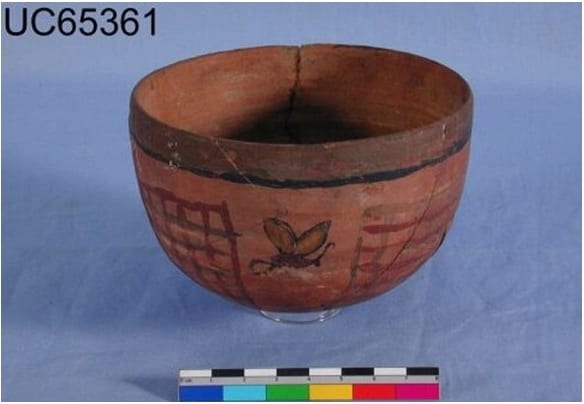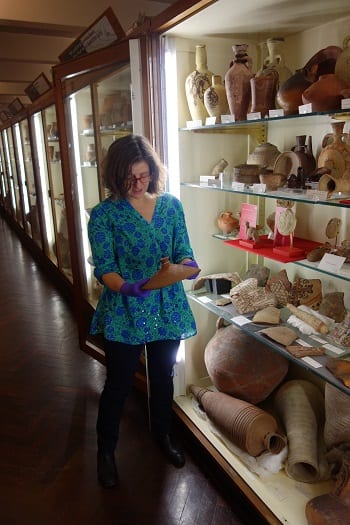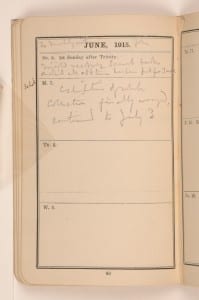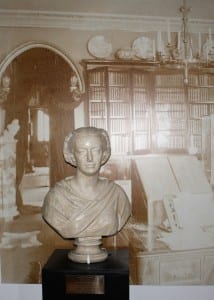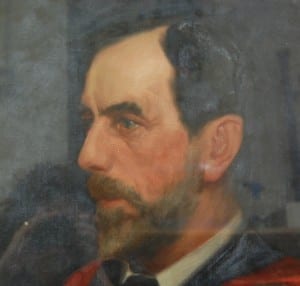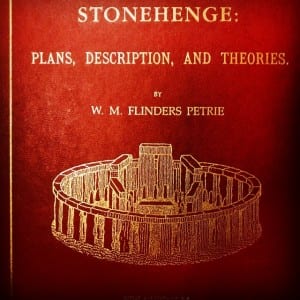In loving memory of Lisette Flinders Petrie
By f.taylor, on 28 April 2021
This blog was written by Stephen Quirke, Edwards Professor of Egyptian Archaeology and Philology, UCL Institute of Archaeology. We are sharing the tribute written by Professor Quirke, who first met Lisette during his time as Curator of the Petrie Museum.
Lisette Petrie passed away on 5 April 2021 after a full life of dedication to family and friends and the world of learning.
Lisette gave her energetic support to study and learning, both in her own teaching for the Open University in astronomy, and in her practical impact in maintaining her family links to University College London, as well as to Flinders University in Adelaide. Her ties to UCL are through her grandfather, the archaeologist Flinders Petrie (1853-1942), whose Egyptian and Palestinian archaeological collections form such an important part of UCL museums and collections today.
Over many years, Lisette energetically supported us in our efforts to preserve and display the collections for a wider audience, joining us in 2007 at the opening of the SOAS Brunei Gallery exhibition A Future For The Past: Petrie’s Palestinian Collection, and in 2006 as guest of honour at the Fantasia fundraiser organised by the Friends of the Petrie Museum – where she wore the 20th century Egyptian galabiya of her grandmother Hilda Petrie, another outstanding woman of science. She also joined the Friends in their travels to Egypt, on one occasion delighting her audience with her skills as astronomer and teacher in decoding a 3,300 year old sky chart in the Valley of the Kings.
Her energy, liveliness and warmth, and her practical guidance will be sorely missed, not least in our continued quest for a safe and accessible building to house the ancient material and to welcome the widest range of visitors.
At her passing many of us relive our own vivid personal memories of her presence. We offer our deepest sympathy to Martha, Rachel and Susie, in their time of loss.
For a recent glimpse of Lisette closer to home, in her own words, and ever practical in support: https://www.hospicestrail.co.uk/completer/lisette-petrie/
 Close
Close



